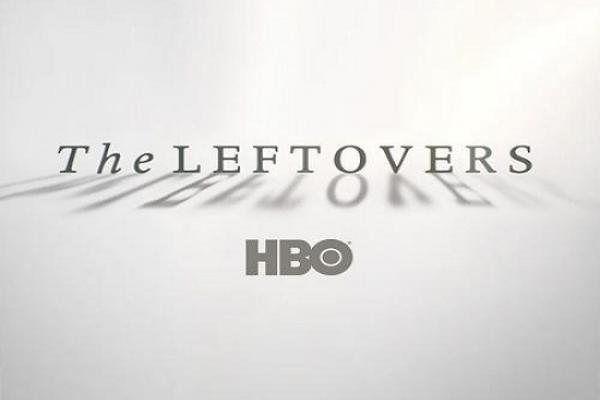I FIRST BEGAN watching The Leftovers, HBO’s drama based on a novel of the same name by Tom Perotta, when it debuted in the summer of 2014. Like many viewers, I was fascinated by the premise: On Oct. 14, 2011, 2 percent of the population suddenly disappears in a rapture-like event. The show begins three years after what is called the “Sudden Departure,” and rather than explaining the metaphysical meaning of this mysterious event, it focuses on how the members of one family process their grief.
Throughout the show’s first season, we’re introduced to an array of characters who deal with the Sudden Departure in different ways. Some want to continue with life as it was on Oct. 13, 2011, before the world changed. Some are tortured by the mystery of the Departure and why they weren’t “taken.” Some seemingly well-adjusted people join the cults that have sprung up since the event. One group in particular has gained the most traction, the Guilty Remnant. The group exists to be “living reminders” of God’s judgment; they make it their mission to make people remember, but offer no comfort. Another cult features a messianic leader who promises to absorb the pain of anyone who hugs him, but offers no spiritual or intellectual balm for the hurt and confusion post-Departure.
The novel on which the show is based was written as a response to the way the world changed after Sept. 11, so it was particularly poignant that the attacks in Paris occurred as I watched the second season of The Leftovers. Certainly it’s grievous to see violence occur anywhere, but as with Sept. 11, the attack on Paris brought with it a shocking cognitive dissonance: That kind of thing doesn’t happen in places like this—Western, cosmopolitan, relatively safe. Before the attack in Paris, before the Twin Towers fell, there was always the possibility that something tragic could occur on a random Friday night or Tuesday morning.
But perhaps to many of us who live in relative comfort and ease, violence and tragedy are what happens to other people, in other places. It is this cognitive dissonance and the subsequent question of how to live in uncertain times that the second season of The Leftovers explores. It is also what makes it worth watching.
While this subject matter is not highly entertaining, and while the show features jarring scenes of sex and violence, it might be helpful to view The Leftovers in light of the gospel narrative. The Bible itself is a book that features many mysterious, unexplainable events and the stories of how dysfunctional families and their communities deal with all kinds of suffering and grief in the midst of jarring scenes of sex and violence. It is in these real-life settings that people of faith are reminded that this world can be far harsher than we would like to imagine and that we are in more need of God’s grace than we’d like to think. Throughout scripture God comes to humanity in different ways to pull people out of their complacency and to offer help and redemption in the midst of the chaos of life.
It’s these sweet moments of grace that occur in each episode of The Leftovers that stick with you far more than the sex or violence. Though The Leftovers often takes a low view of religion, it seems to look for and celebrate those gritty and real moments of hope that shine through in the midst of chaos and fear. As people of faith it would do us well in this uncertain world to look for, and celebrate them, too.

Got something to say about what you're reading? We value your feedback!

